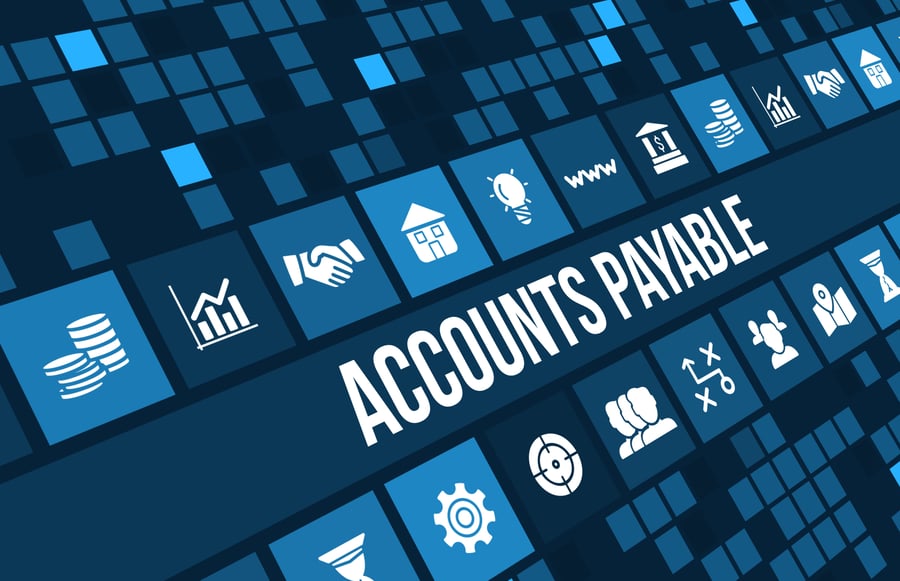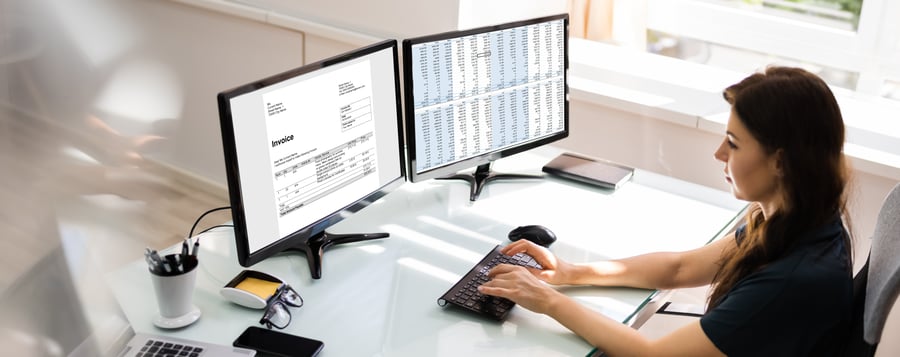Your Accounts Payable (or AP) are payments you need to make from your business. This includes payments to your suppliers and vendors, office related costs and salaries.
An accountant in your business would manage the AP flow and the AR flow. The AR refers to the Accounts Receivable. As you may expect, the AR is how much money you are receiving. This could be from recurring incoming payments, one-off credits or interest from investments.
Managing your AP and AR correctly will allow you to understand your cash flow and ensure that your payments can be made on time. Paying your bills late due to a shortage of funds can result in late payment fees. Not only is this an additional expense for your business to cover, but it also shows up on your business’s credit report.
If you want to ensure that your customers are keeping on top of their payments and that you don’t have any issues in your AR process, then Join Creditsafe Trade Payment Data (TPD) Program.




